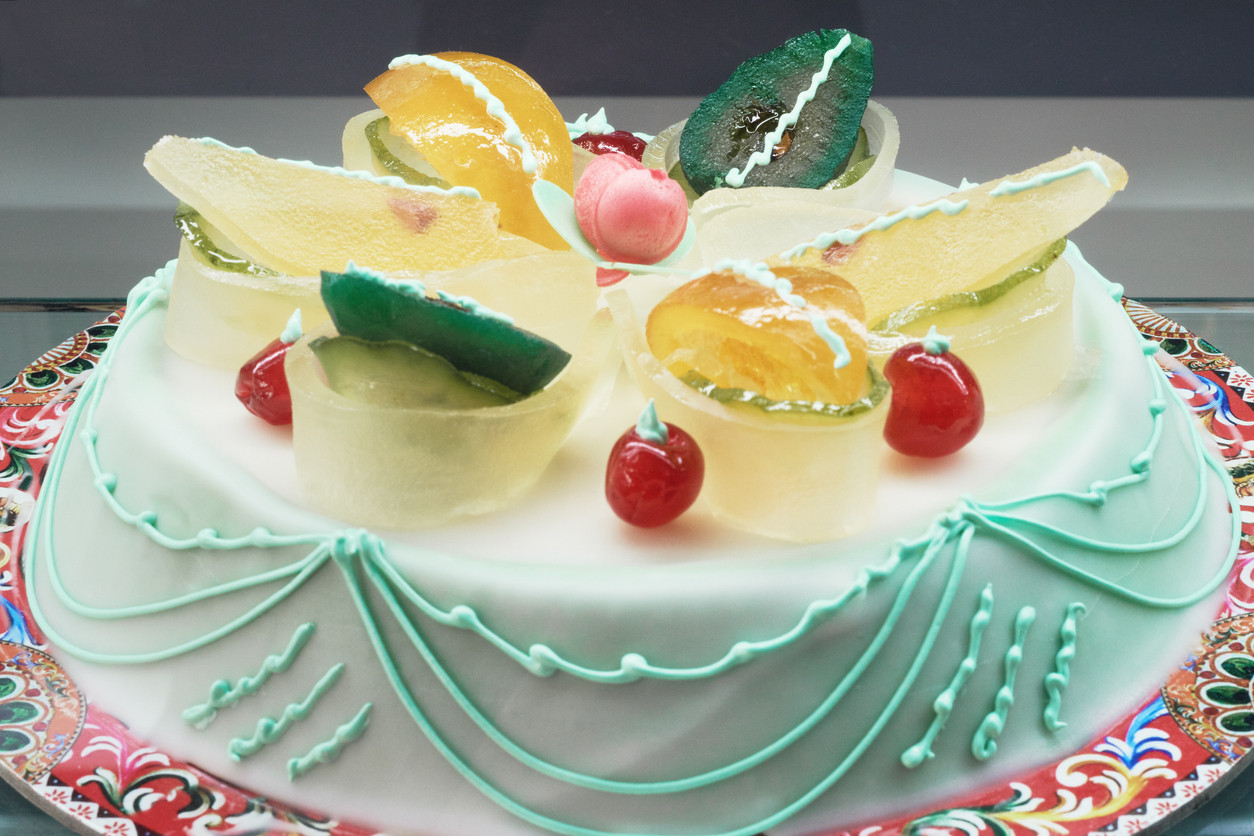
Easter in Sicily
Sicily is famous for its beaches, but its traditions are no less. They are still in place today, they are still celebrated with the same devotion of the time. Furthermore, in every part of Sicily there are different customs and tastes, which are related to the various populations ruling the island.
In this article, you will learn about Easter traditions in Sicily, many of which have become so iconic that they identify with the town.
Easter in Palermo
During the Holy Week, Palermo lights up thanks to the celebrations of Easter. In fact, the whole week is dedicated to it, as it is special also due to the arrival of spring. Firstly, Holy Thursday is dedicated to Sepolcri (“sepulchres”). Every church is open at any time, in order to allow everyone to visit the altar of repose. The altars, in Palermo, are decorated with bowls, in which seeds have sprouted after 40 days in the dark. The most beautiful sepolcri are the ones in the Church of San Domenico, Casa Professa, Cappella Palatina, and Church of San Francesco d’Assisi.
Then, Holy Friday and Saturday are dedicated to religious events, such as processions and representations. Via Crucis is surely one of the most representative, which traces the path of Jesus towards Mount Calvarius. In addition to Via Crucis, the Church of San Mattia ai Crociferi offers a scene of Christ’s Passion.
Furthermore, at Easter there is the traditional lunch with family and friends, eating typical Easter dishes. Finally, during Easter Monday, also known as Pasquetta, people have picnics with family and friends or a trip to the areas around.
Easter in the area of Siracusa
The province of Siracusa is very varied and offers events and traditions, linked to the history and culture of the place.
Easter in Avola
A very famous rite, so much that it was declared intangible heritage of Italy by Istituto Centrale per la DemoEtnoAntropologia, is the Easter in Avola. The start of the celebration is on Holy Thursday, with the rite of Sepolcri. Every altar of reposition is decorated with drapes and ribbon.
Then, on Holy Friday, there is the procession of “Spina Santa”, during which the statue of Jesus Christ is brought in procession in a coffin, with people following it in silence. Holy Saturday’s night is the time of resurrection, and it has a particular rite. At midnight, bells ring and the door of the Chiesa Maggiore is open when the statue of Jesus appears on the altar. After the Mass, the statue of Jesus is brought to one church, meanwhile, the statue of the Madonna is brought to another one.
Finally, on Easter day, the two statues are brought around the city, with the statue of the Madonna covered in a black drape, until they meet in Piazza Maggiore. When they meet, the drape falls and the two statues hug each other.
Further information here.
Easter in Augusta
In Augusta, every year there is the traditional trumpet of Holy Thursday. The trumpet is played during the whole night while wandering around the city streets. It represents the Virgin Mary going around the city searching for her son. In the morning, the statue of Jesus is brought in procession from the Church of San Giuseppe, followed by drums representing the grieved heart. On the evening of Holy Friday, the statue is brought in procession again for Via Crucis, at the end of which it’s deposed. At Easter, there is another procession where the statue of the Virgin Mary and the one of Jesus meet in the square.
Easter in Noto
In Noto, on Holy Friday there is a particular procession, of the “Holy Thorn”. Legends say that it is one of the thorns from the crown worn by Jesus during his walk to Mount Calvarius, that was brought to Noto in 1295. It is brought around the city, followed by one statue of Jesus and one of the Madonna, meeting and hugging in one of the major squares of the city.
Typical Easter food in Sicily
There is no celebration in Sicily that doesn’t have typical dishes. The island is well known for its food, which is very varied and tasty. A typical Easter menu in Sicily consists of many courses: even though there are many, they must be tasted.
Firstly, a typical Easter lunch starts with a delicious appetizer of “olive cunzate”, which are crushed olives, dressed with celery, carrots, garlic and pepper.
Secondly, the most common main courses are “Tagagnu d’Aragona”, a pasta-based food cooked in a pan with cheese and meat; there is also “Pasta ncaciata”, which is cooked in the oven with meat and spices.
Then, as the second course there is roasted lamb with potatoes or roasted goat. They are both served with sweet and sour chives.
Finally, the highlight is, of course, the dessert. There are many typical desserts, but the most famous one is cassata, which is also one of the most representative of Sicily. It represents the perfect combination of the cultural influences that the island was subject to: ricotta from Romans, sugar and marzipan from Arabs, and chocolate from Spanish.
Cuddura cull’ova is another typical dessert from Sicily, whose production is reserved for the Easter period. It is a round-shaped dessert, at the center of which there is an egg. Girls in the past used to give that egg to their lovers. Another famous dessert is lamb filled with pistachio. The lamb is realized with marzipan, and then filled with the cream and grains of pistachio.
Our homes in Sicily Our experiences in Sicily
February 25th, 2021